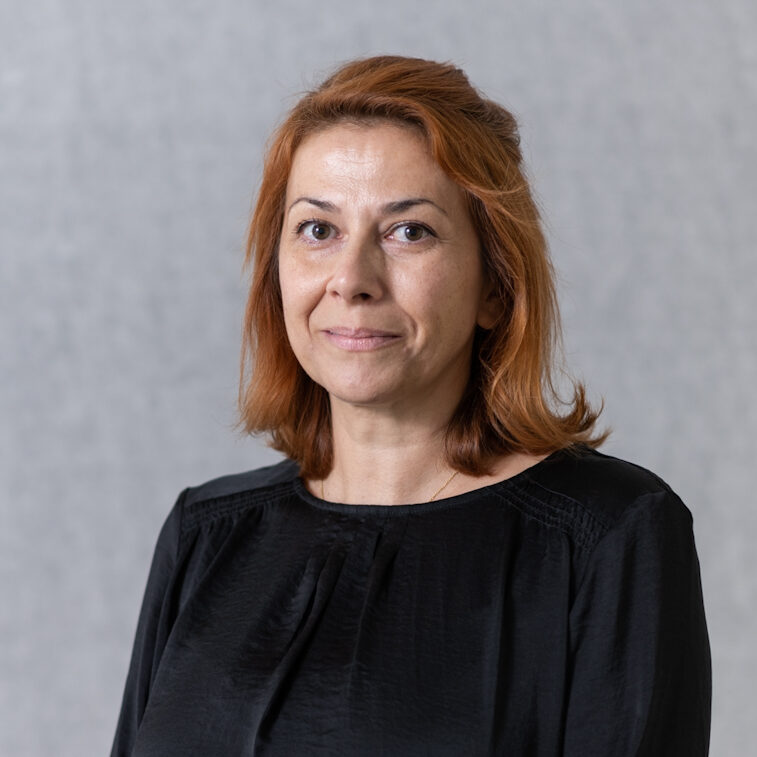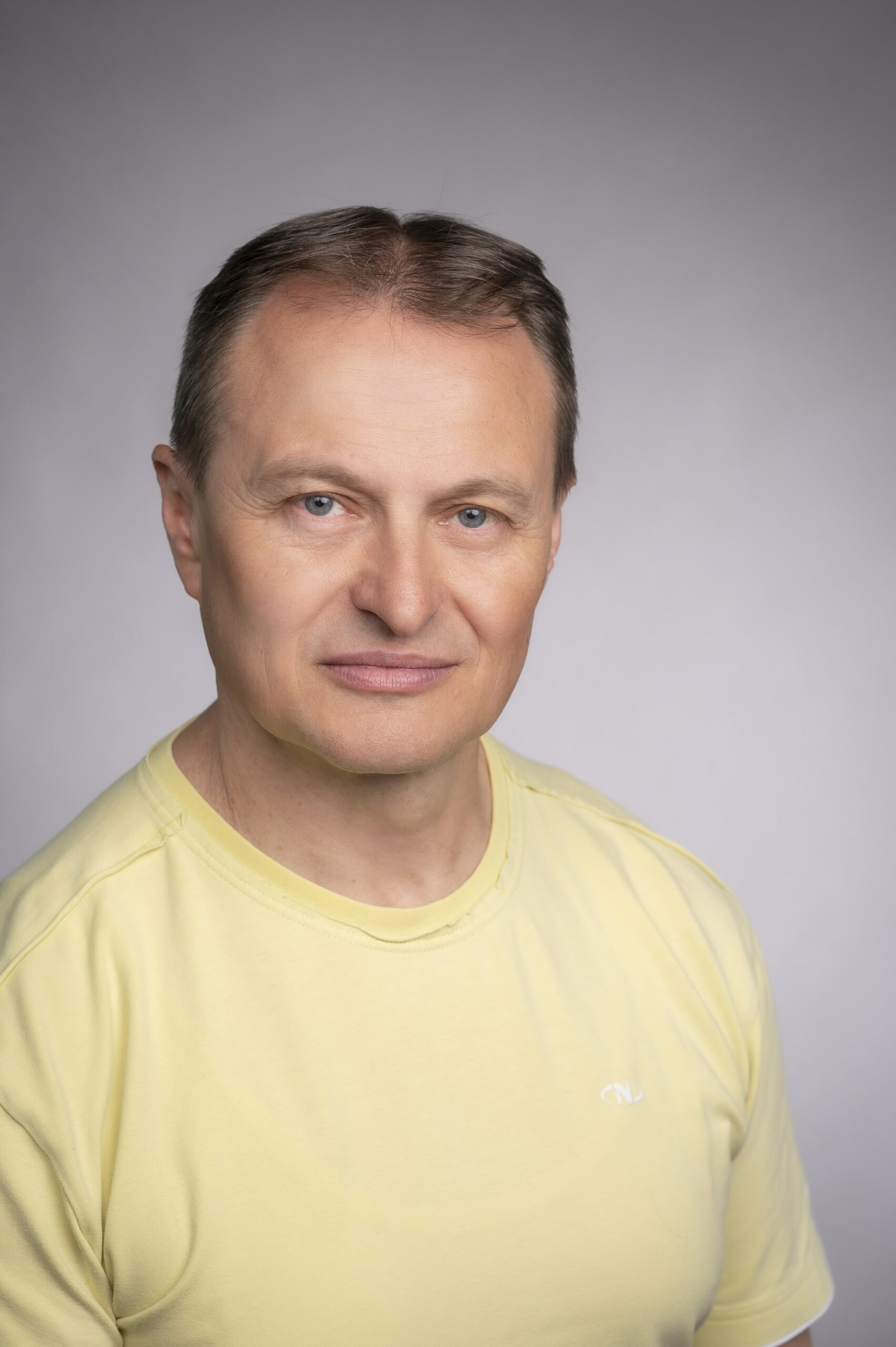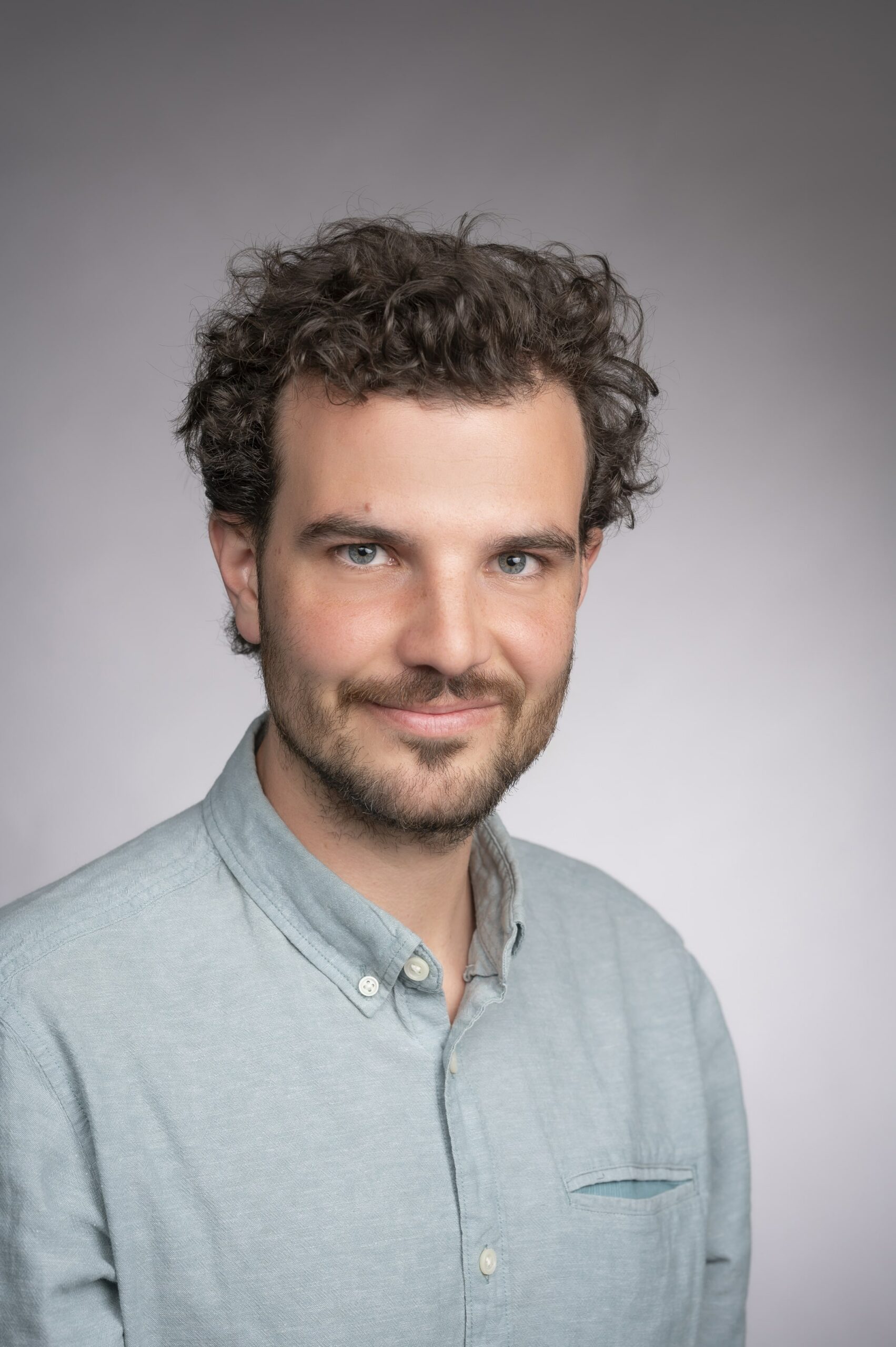Pulmonary vascular diseases have a multifactorial pathobiology, characterised by abnormalities of the smooth muscle, advential and endothelial cells which result in an obliterative remodelling of the pulmonary circulation, occlusion of the lumen in medium-sized and small pulmonary arteries due to excessive vasoconstriction, cellular proliferation and reduced apoptosis in the vascular wall and in situ thrombosis, as well as reduction in the number of pulmonary vessels. As a result, right ventricular afterload increases, leading to right heart failure and premature death. There has recently been a shift in treatment paradigm, from vasodilatory to anti-remodelling and even “reverse-remodelling” therapeutic strategies, as new evidence suggests that the proliferative and antiapoptotic environment in the vascular wall of medium and small pulmonary arteries shares some features with neoplasia. Deciphering the molecular and cellular mechanisms underlying the pathobiology of pulmonary vascular remodelling, such as dysregulation in extracellular matrix, transcription factors, and ion channels leading to the abnormal cell proliferation are the aims of this program line.
Pathomechanisms of Pulmonary Vascular Remodelling
Pathomechanisms of Pulmonary Vascular Remodelling





















